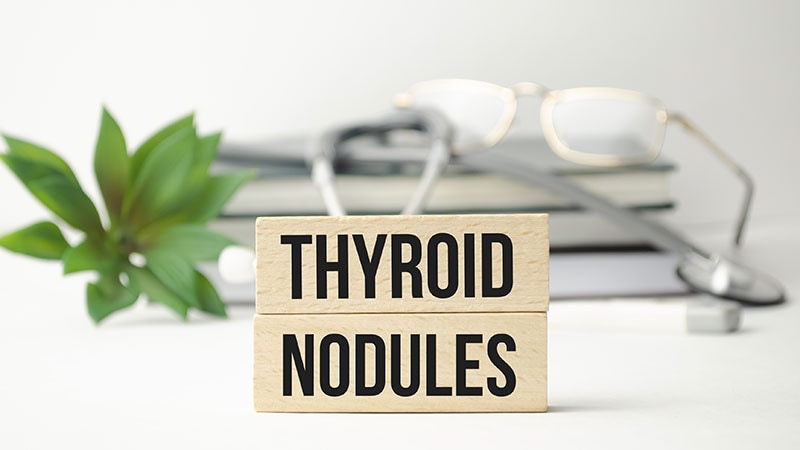The American Thyroid Association (ATA) has issued an expert consensus statement focusing on the safe implementation and utilization of ablation techniques for benign thyroid nodules. The statement addresses the need for a unique skill set and environment for optimal, safe performance and consistent outcomes. Various ablation methods, including chemical and thermal ablation, are discussed, along with recommendations for patient counseling, alternative management options, and long-term monitoring. The importance of a learning curve and experience in performing thyroid nodule ablation is emphasized.
- ATA expert consensus statement on thyroid ablation safety
- Recommendations for ablation methods based on nodule type
- Patient counseling and managing expectations
- Follow-up recommendations post-ablation
- Importance of a learning curve and experience in thyroid nodule ablation
Tilpass sammendrag
Omskriv med AI
Generer sitater
Oversett kilde
Til et annet språk
Generer tankekart
fra kildeinnhold
Besøk kilde
www.medscape.com
Thyroid Ablation Safety Addressed by Expert Consensus
Viktige innsikter hentet fra
by Nancy A. Mel... klokken www.medscape.com 09-19-2023
https://www.medscape.com/viewarticle/996591
Dypere Spørsmål
